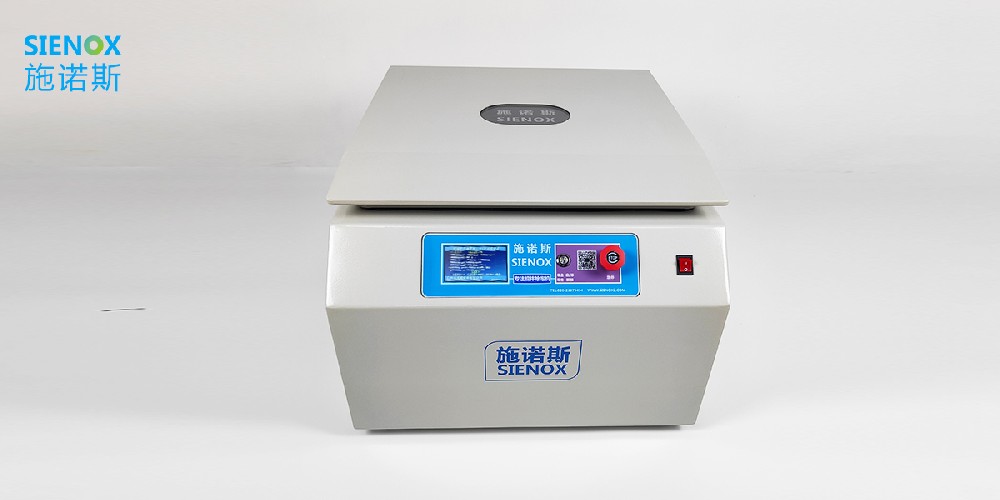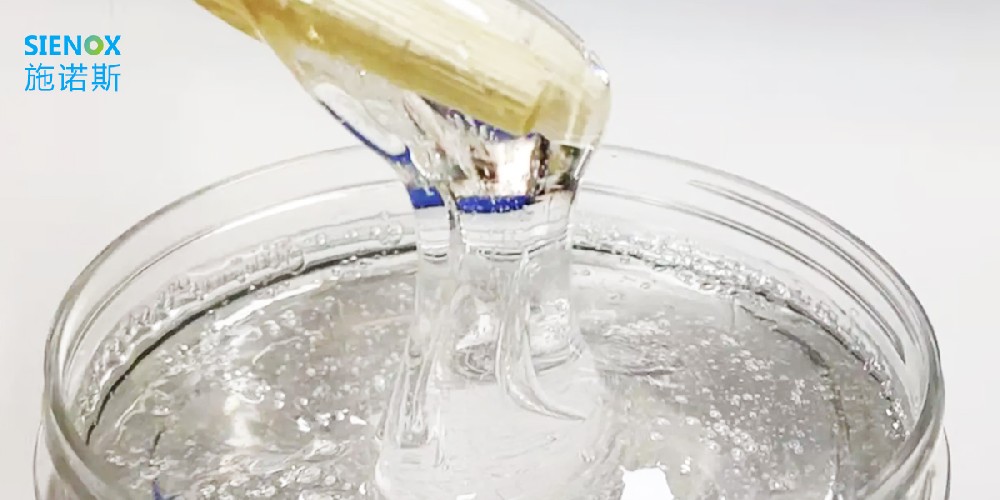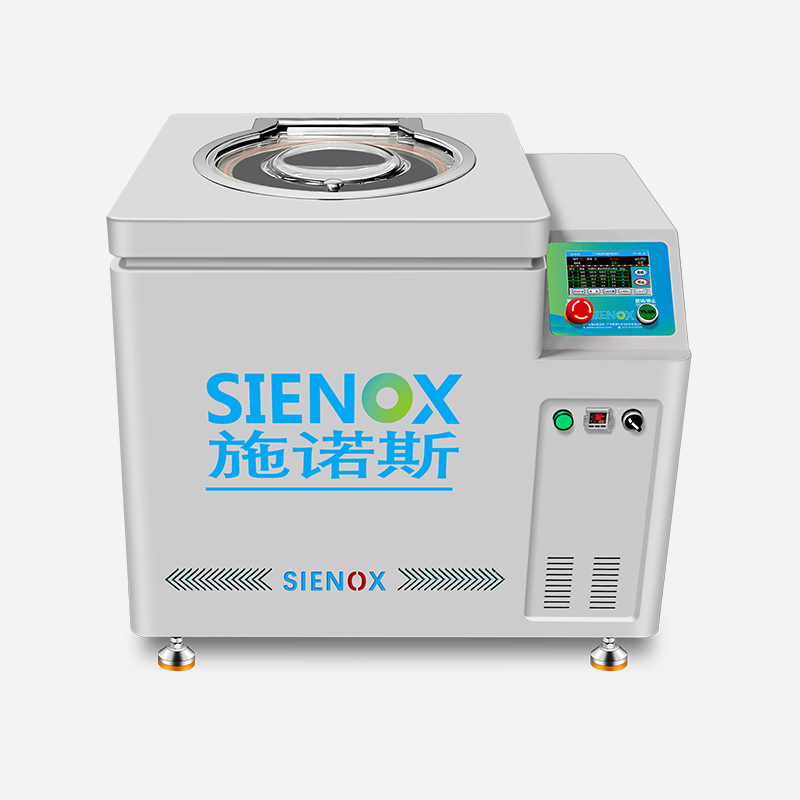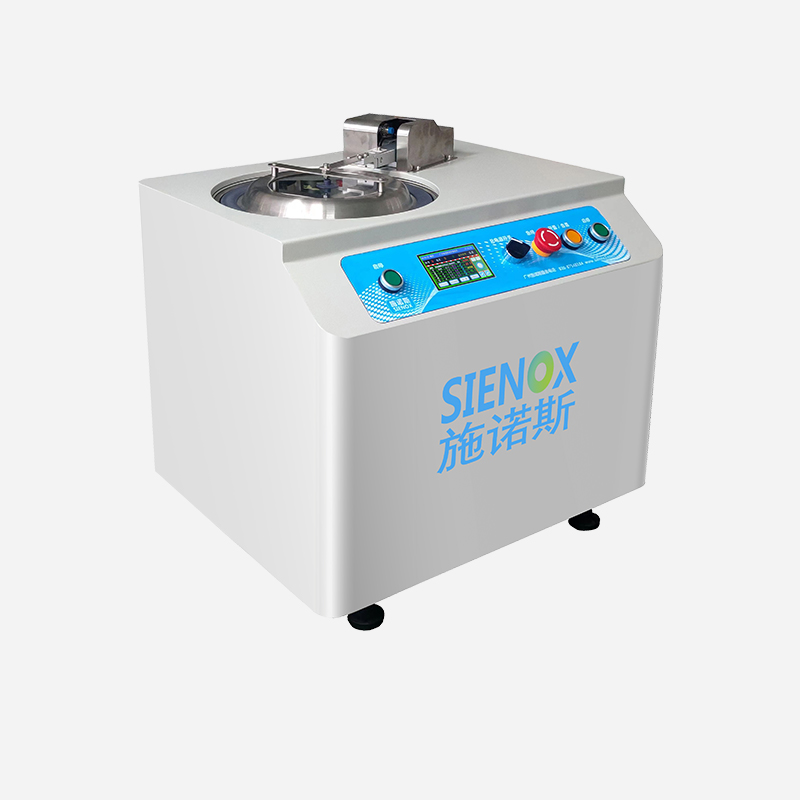
News

TEL:18925129293
Key elements and precautions for defoaming high viscosity adhesive
date:2023-08-01author:SIENOXDebubbling high-viscosity adhesives is a crucial process widely employed across various industrial sectors to ensure the quality and adhesion performance of the adhesive. Understanding key factors such as adhesive density, specific gravity, and composition is paramount in this context. This article will provide a detailed overview of the essential aspects involved in debubbling high-viscosity adhesives, along with some recommendations and considerations.

1. Adhesive Density and Specific Gravity:
Adhesive density refers to the ratio of the mass of substances contained in the adhesive to its volume. Specific gravity, on the other hand, refers to the ratio of the adhesive's density to the density of a reference substance. These two parameters are vital for the debubbling process of adhesives as they determine the fluidity and efficacy of bubble removal during debubbling.
2. Understanding Adhesive Composition:
Prior to debubbling high-viscosity adhesives, it is imperative to understand the adhesive's composition. Different adhesive components may have varying impacts on the debubbling process. Some components may make bubble removal more challenging, while others may facilitate accelerated bubble elimination. Therefore, understanding the adhesive composition aids in selecting appropriate debubbling methods and process parameters.
3. Selecting Suitable Debubbling Methods:
Debubbling of high-viscosity adhesives can be accomplished through various methods such as vacuum debubbling, pressure debubbling, mechanical agitation, etc. Selecting the appropriate debubbling method necessitates consideration of factors like adhesive viscosity, composition, and process conditions. For instance, for highly viscous adhesives, longer duration vacuum debubbling may be opted for bubble expulsion.
4. Controlling Debubbling Time and Temperature:
Debubbling time and temperature are critical process parameters. Insufficient debubbling time may not adequately eliminate bubbles, while excessive debubbling time may lead to adhesive curing or quality degradation. Temperature control is also crucial as excessively high temperatures can induce adhesive volatilization and foam generation.
5. Attention to Impurities and Contaminants:
The presence of impurities and contaminants during the debubbling process of high-viscosity adhesives may affect debubbling efficacy. Therefore, ensuring cleanliness of containers, tools, and work environments before adhesive usage is essential to prevent impurities and contaminants from entering.
6. Quality Monitoring and Testing:
Quality monitoring and testing are crucial for debubbling high-viscosity adhesives. Regular sampling and testing ensure that the debubbling efficacy of the adhesive meets requirements, allowing for adjustment and optimization of process parameters.
Debubbling high-viscosity adhesives is a complex process that necessitates consideration of factors such as adhesive density, specific gravity, composition, debubbling methods, time, and temperature. By understanding these key elements and adhering to relevant precautions, the effectiveness of debubbling high-viscosity adhesives can be enhanced, ensuring stability in adhesive quality and adhesion performance.


















